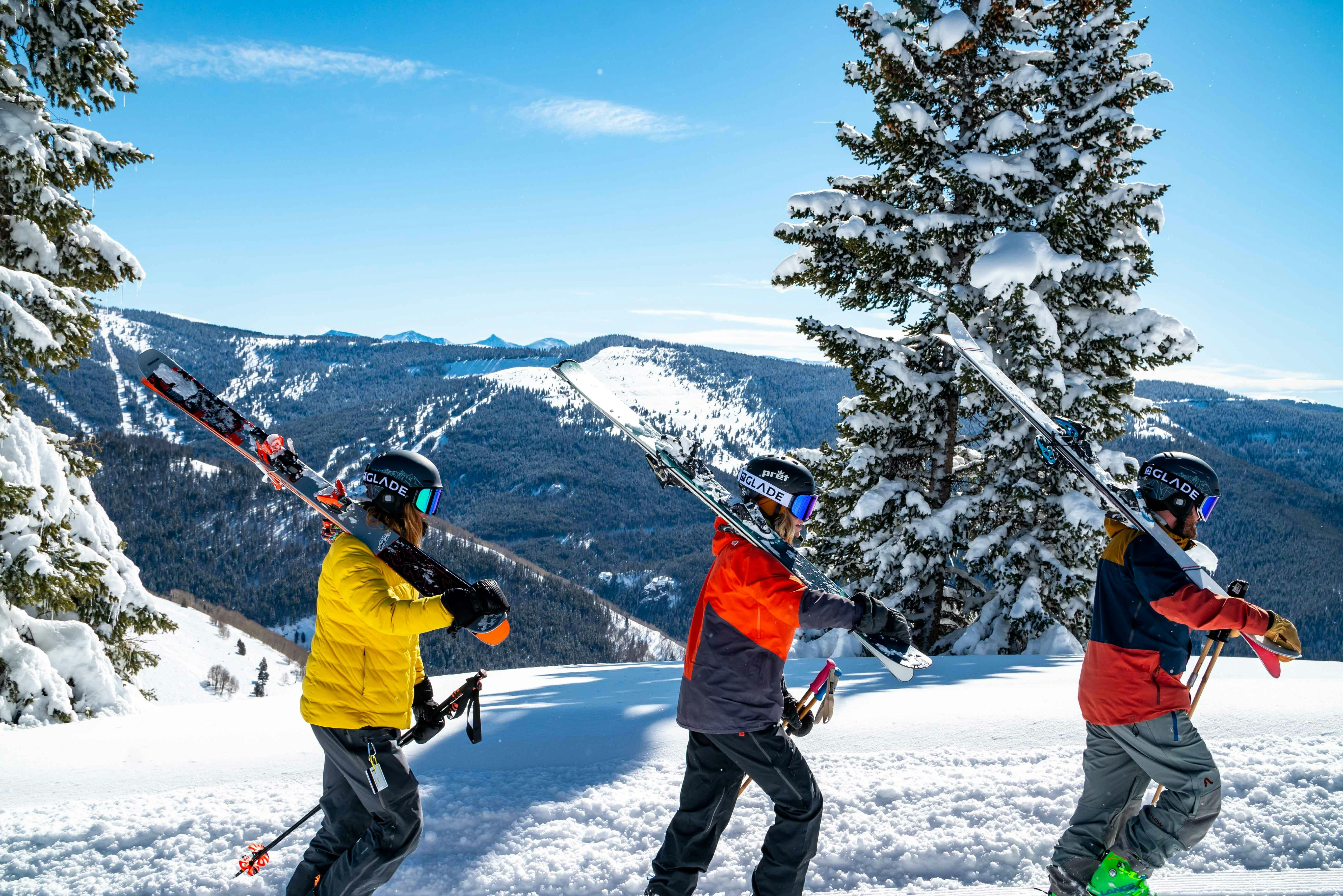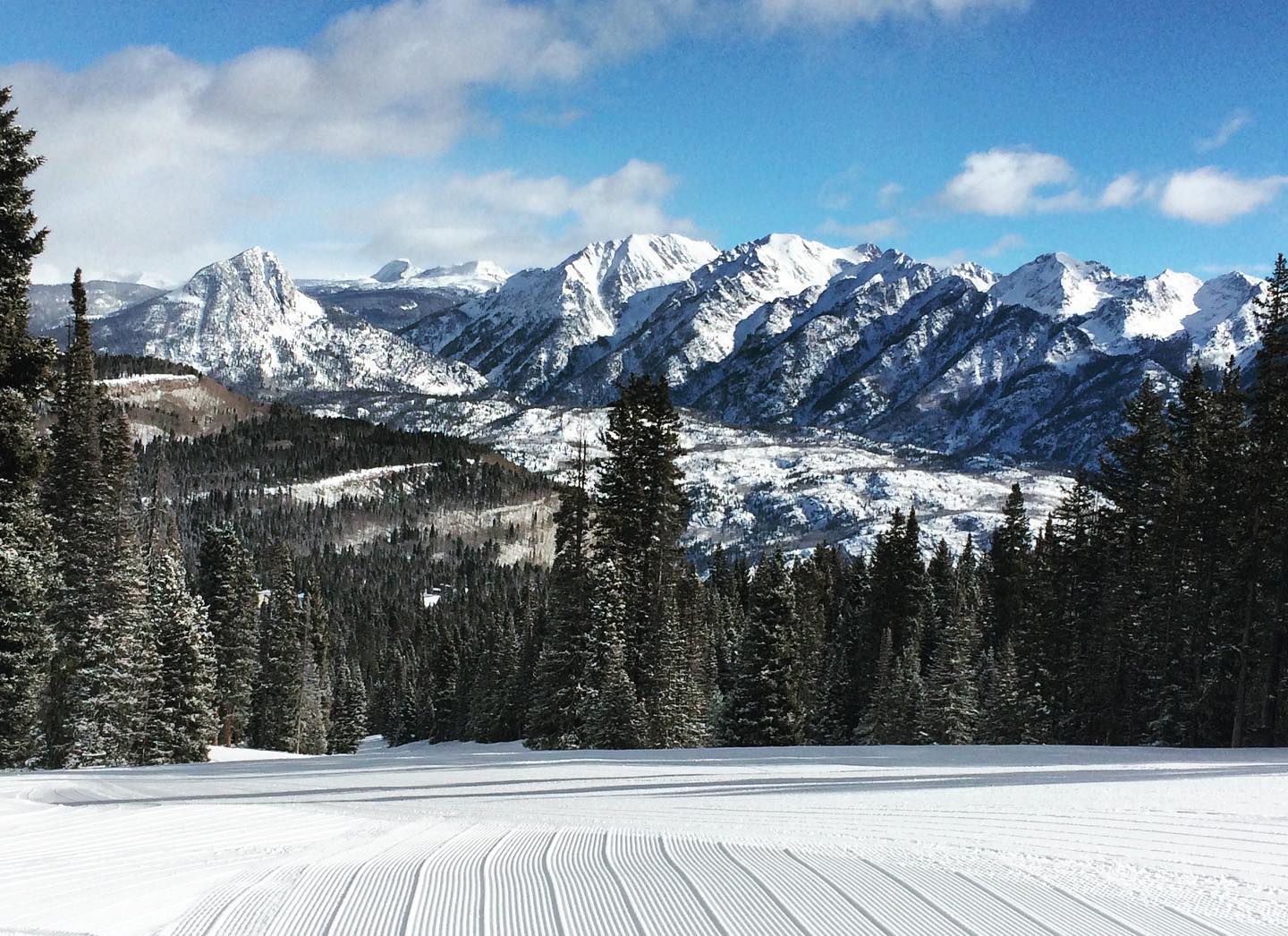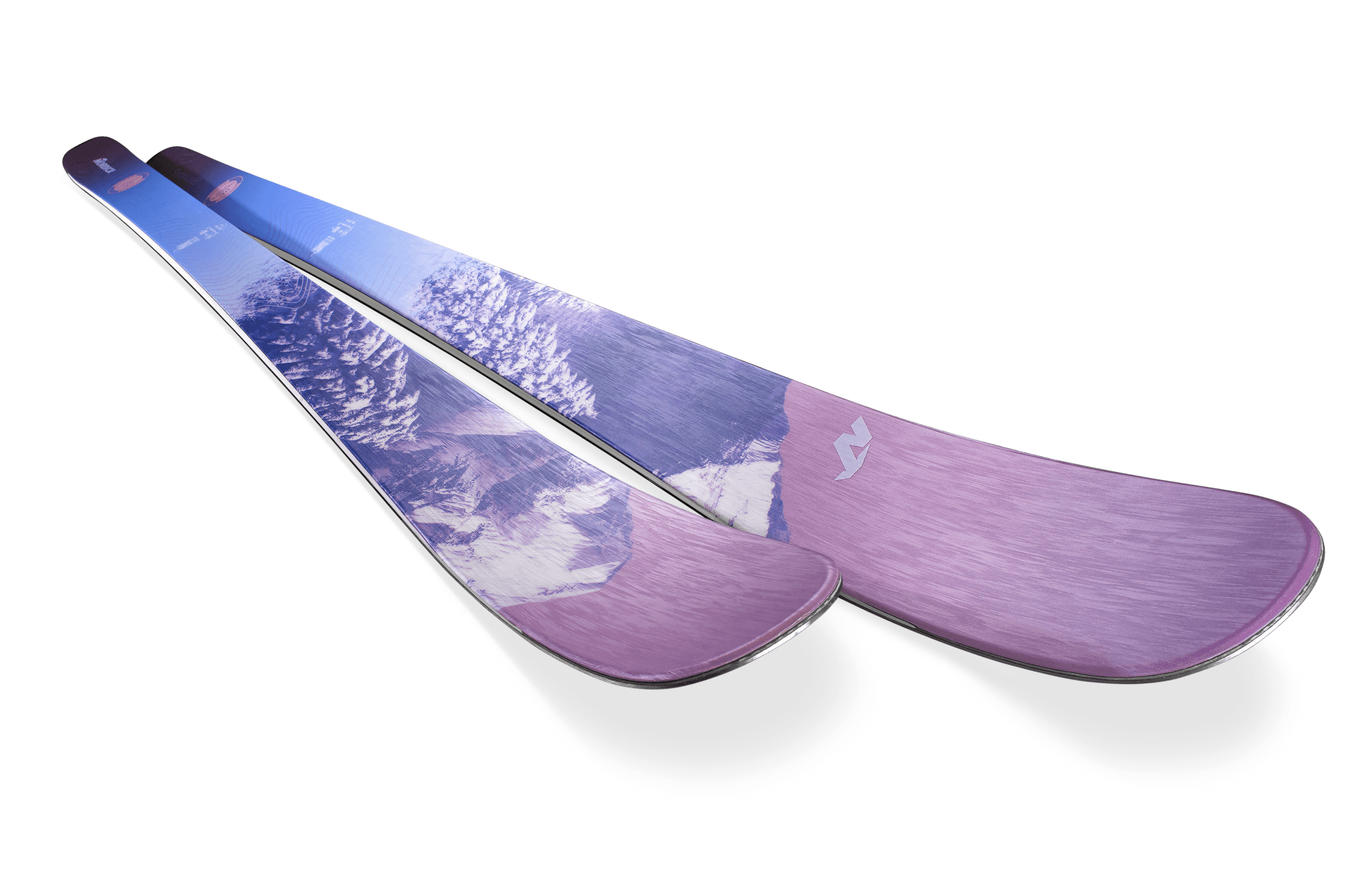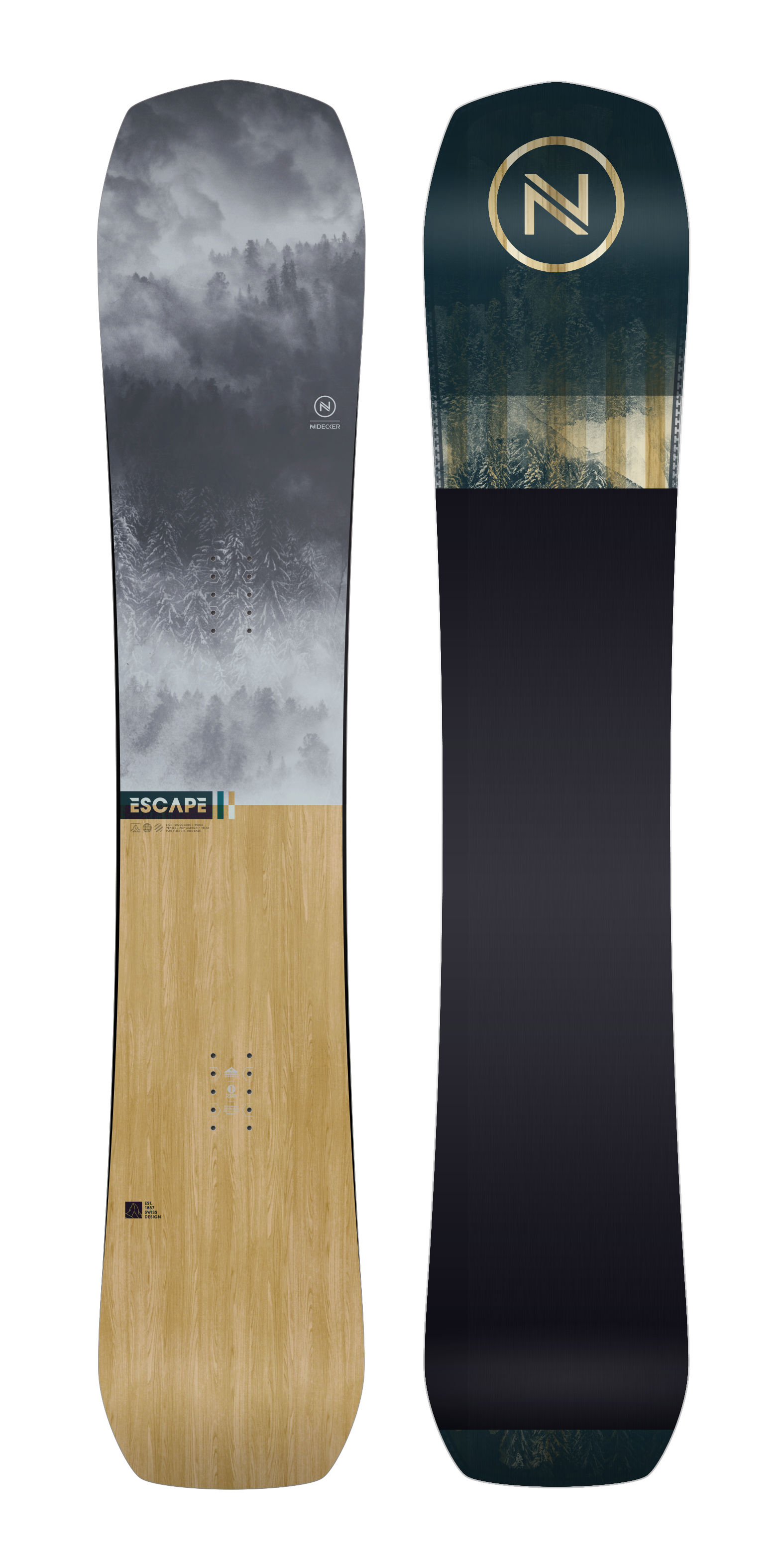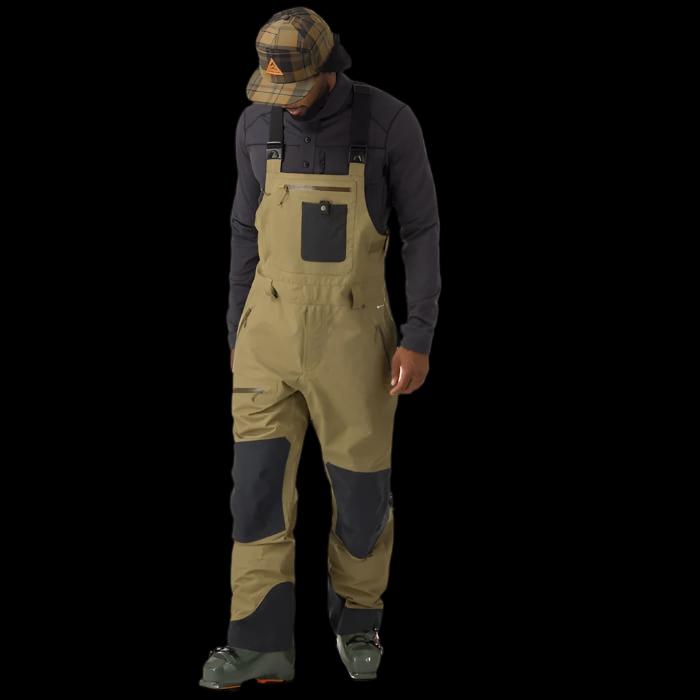Ensuring Ski Gear Longevity and Performance for Next Season
After an exhilarating winter sport season, it’s time to pack away your gear and prepare for the off-season. Whether you're a casual skier or a dedicated snowboarding enthusiast, properly storing your equipment is essential to ensure its longevity and performance for the next winter. Taking the time to clean and store your gear properly will prevent unnecessary wear and tear, ensuring it’s ready to perform at its best when the snow falls again. This article explains how to clean, store, and protect your skis, boots, poles, and other gear. Plus, we'll share tips on how to score great deals on new equipment, including snowboards on sale, to help you gear up for next season without breaking the bank.
Clean and Dry Your Skis and Snowboard
Before storing your equipment, cleaning is essential. Snow and moisture can cause rust and deterioration if left unchecked.
Cleaning Your Skis and Snowboard
Remove Excess Snow and Dirt: After your last run, it’s important to brush off any snow or dirt from the base, edges, and bindings. Use a soft cloth or brush to ensure there are no clumps of snow left on the skis.
Base Maintenance: Clean the base of your skis with a soft cloth to remove any grime or wax remnants. If your skis have significant wear on the base, consider getting them professionally tuned before storage. A thorough wax job at the end of the season will protect the base, keeping it smooth and ready for next winter. This can be done at home or at a local shop.
Edge Care: Clean the edges using a fine steel wool pad or a specialized edge tool to remove rust and dirt. If rust is present, it’s advisable to lightly sharpen the edges. If you’re unsure about sharpening, have a professional do it to ensure the right angle.
Store Your Skis and Snowboard with Care
Proper storage is key to maintaining the integrity of your skis or snowboard, keeping them in excellent condition for next season. Here’s how to do it:
Dry and Flat Storage: Always store your skis and snowboard in a dry area to prevent mold or mildew. Avoid storing them in damp basements or garages where humidity can affect the materials. A cool, dry space like a closet or a storage room works best.
Avoid Direct Sunlight: Prolonged exposure to sunlight can cause the materials in your skis to degrade, especially the bindings. Store your skis out of direct sunlight and away from heat sources like radiators or space heaters, which can warp their structure.
Proper Positioning: If you’re storing skis, lay them flat or hang them by the bindings. Avoid leaning them against walls, as this can cause them to bend over time. If you prefer to hang them, use proper hooks or racks that will not damage the ski structure. Snowboards can be stored vertically or horizontally, as long as they are not exposed to extreme pressure or weight.
Care for Your Ski Boots
Ski boots are one of the most critical pieces of ski equipment. Proper storage of boots ensures they stay comfortable and functional for future seasons.
Remove the Liners: After skiing, remove the liners from your ski boots and let them air dry. This helps prevent moisture buildup and mold. Clean the boots by wiping them with a damp cloth to remove dirt and buildup and then dry them thoroughly.
Deodorize: If your boots have developed an odor over the season, use boot dryers, cedar inserts, or boot-specific deodorizing products to keep them fresh.
Storing Boots
Store with the Buckles Loose: When storing your ski boots, leave the buckles or straps slightly loosened. This helps maintain the shape of the boot and prevents undue pressure on the internal structure.
Avoid Storing in Direct Heat: Just like skis and snowboards, don’t store boots in direct sunlight or near a heat source. Doing so can damage the materials, causing cracks or other irreparable damage.

Protect Your Poles
While poles are often overlooked, they still require proper care to keep them in great condition for the next season.
Wipe Down Poles: Clean your poles with a damp cloth to remove any dirt, snow, or salt. Don’t forget to clean the baskets, as these can collect snow and ice, leading to corrosion.
Check for Damage: Inspect your poles for any damage, such as dents or bent shafts. If there are any signs of damage, it’s best to get them repaired before storing them.
Store in a Dry Place: Like other ski equipment, ski poles should be stored in a cool, dry environment. Avoid stacking heavy objects on top of them, as this could cause bending or warping.
Properly Store Ski Goggles, Gloves, and Other Accessories
Your accessories, like goggles, gloves, and helmets, also need attention to ensure they last and remain functional for the next season.
Goggles: Clean the lenses of your goggles with a microfiber cloth. Make sure they are completely dry before storing them in a protective case to avoid scratches. Avoid storing them in places where they could get squashed or damaged.
Gloves: Clean your gloves by brushing off excess snow and dirt, then dry them thoroughly. Consider using a glove dryer to prevent moisture buildup and maintain the shape and structure.
Helmets: Helmets should be wiped clean and stored in a dry place. Keep them away from heat and direct sunlight to maintain their protective capabilities.
Scoring Deals on Gear for the Next Season
The off-season is the perfect time to start thinking about upgrading or replacing your equipment, and it’s also a great time to score great deals on new gear. Sales typically begin once the season ends, so you can take advantage of discounts during the warmer months.
End-of-Season Sales: Many local retailers offer significant discounts on last season’s gear. Check online stores for discounted skis. You’ find high-quality skis, boots, and accessories at a fraction of the original price.
Gear Swap Events: Some local ski shops or community organizations host gear swap events, where you can buy used equipment at discounted prices. You may find barely used skis or boots for a great deal.
Check for Manufacturer Discounts: Brands often run promotions at the end of the season. You can score gear directly from the manufacturer at discounted rates, especially if you’re willing to buy last season’s models.
Rent-to-Own Programs: Some resorts offer rent-to-own programs, where you can rent gear during the season and then apply the rental cost toward a new purchase. This is a good way to try equipment before making a commitment.
Conclusion
Properly storing your ski gear during the off-season is essential for ensuring that your equipment stays in top condition and performs at its best when the snow returns. By cleaning and drying your skis, boots, poles, and accessories, and storing them in a cool, dry place, you can extend the life of your equipment and avoid costly repairs. Additionally, shopping for deals during the off-season is a smart way to upgrade your gear without breaking the bank. With these tips in mind, you’ll be ready for the next ski season and all the adventures that await.
